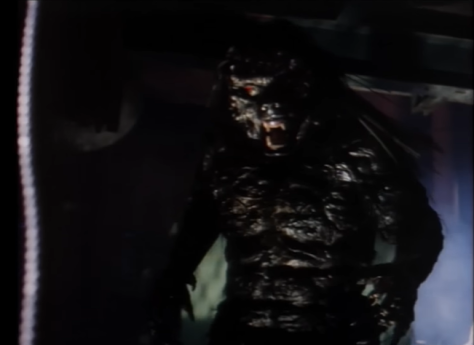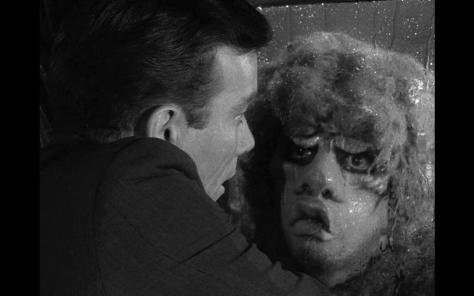
If you were dismayed by the non-appearance of Peter Cushing and/or Christopher Lee in the Halloween season movies this year—don’t worry, I have you all covered.
The Gorgon has an unusual backstory: fearing that they were potentially stuck in a rut, Hammer Productions decided to take an idea sent to them by a Canadian fan named J. Llewyn Divine and assigned some of their lead writers, John Gilling and Anthony Nelson Keyes, to polish it into a full feature directed by Hammer’s go-to man, Terence Fisher. I think I can understand why a fan of Hammer’s movies would pitch this concept, and why Hammer themselves would be intrigued by it: after reviving most of the “classic” literary monster—a Dracula, a Frankenstein, a mummy, a werewolf, even things like the Phantom of the Opera and Dr. Jekyl/Mr. Hyde—moving in the direction of classical mythology is the next best source of recognizably scary faces, such as the snake-haired, petrifying Gorgons of Greek legend. It seems quite obvious, in fact. A less obvious approach is taking a recognizable monster from Greek mythology and somehow transplanting it to a turn-of-the-century European setting with a ready supply of Gothic manors and spooky forests—to, in essence, make this bold new concept into a Hammer movie, complete with Peter Cushing and Christoper Lee in major roles. I guess they just couldn’t resist the pull of what had worked before, even when they were trying to! Much as in the Lovecraft adaptations that AIP gussied up to resemble Edgar Allan Poe adaptations, it makes for an unusual aesthetic contortion.










